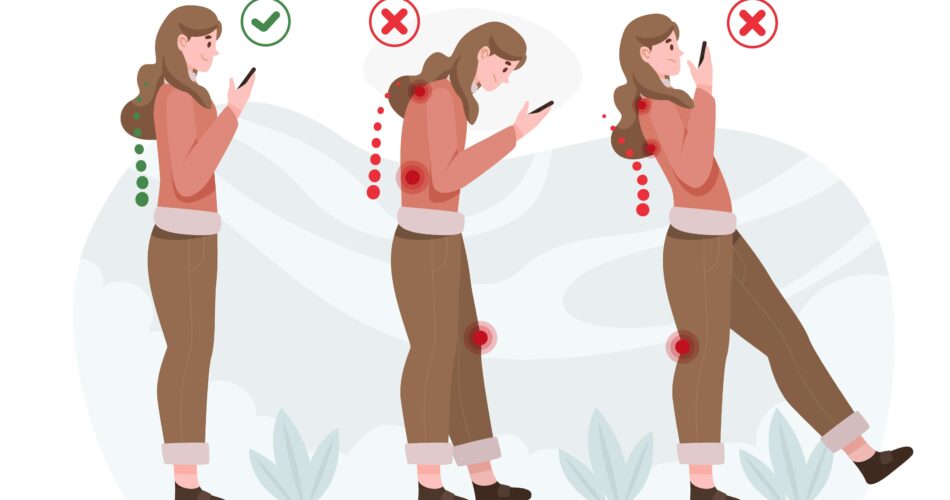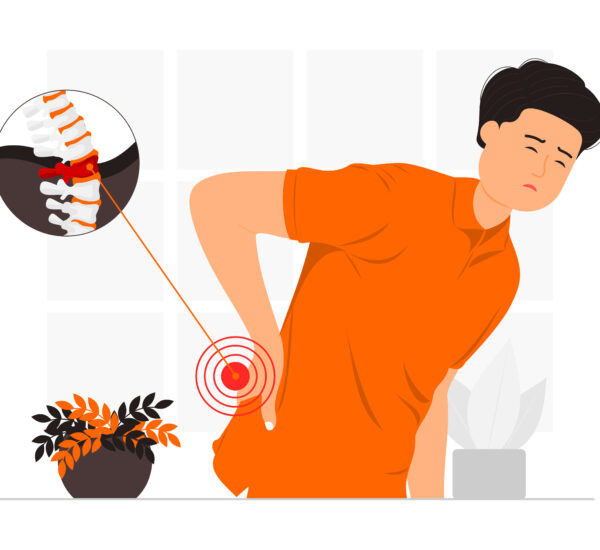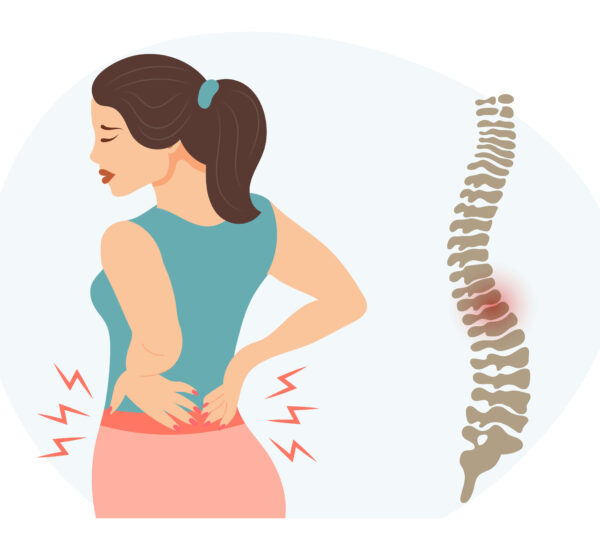There’s no denying that at this day and age, many people have experienced lower back and hip pain. Unfortunately, these types of back pain have become common occurring conditions, which can affect the patient’s way of living. With the constant pain and discomfort, it can interfere with their mobility as it limits their actions when performing activities.
With such health conditions, it is only natural to pursue ways on how to avoid their occurrence. That can happen through knowing the common factors that cause lower back and hip pain. In this blog, we’ll uncover the contributing factors, and discuss how it can result in such conditions. Let’s begin!
What Happens When You Have Lower Back and Hip Pain
As mentioned, when a patient has lower back and hip pain, their daily routine can be significantly impacted. Simple tasks like sitting, standing, or even walking can become challenging and painful. This discomfort often leads to a decrease in quality of life and limits your ability to enjoy activities you once loved.
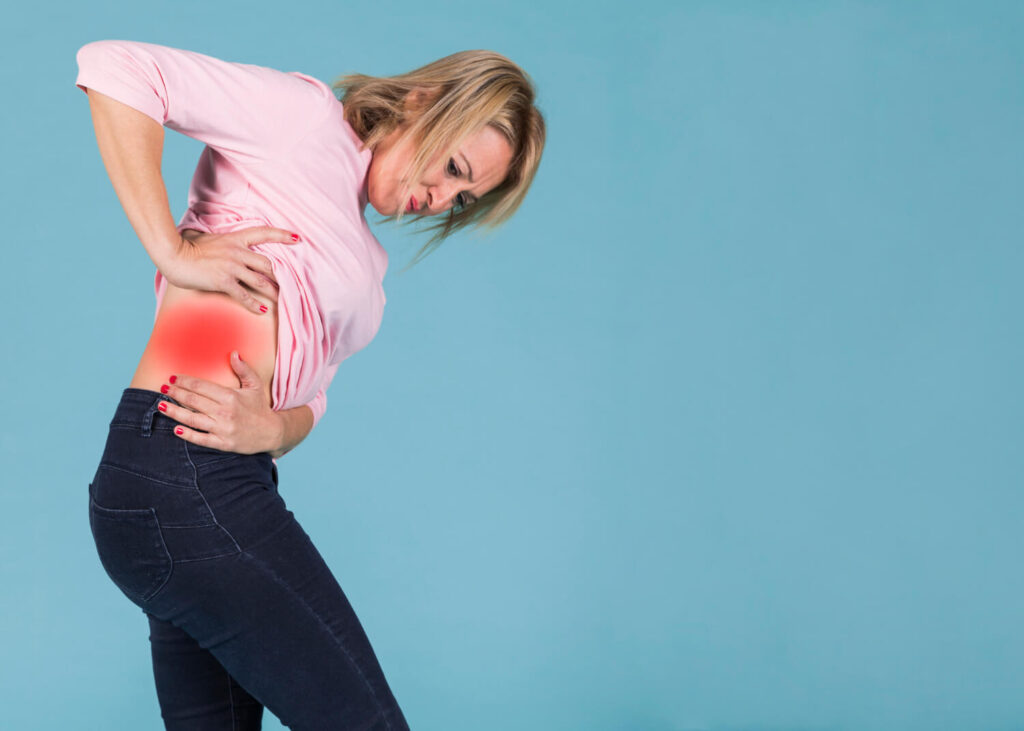
Even though both conditions may involve severe pain and discomfort, lower back and hip pain are different matters with different involving aspects. Let’s dwell into each of them below!
What is Lower Back Pain
Lower back pain, also known as lumbago, is a common musculoskeletal disorder affecting the muscles, nerves, and bones of the lower back. It can range from a dull ache to a sharp, stabbing sensation that begins below the rib cage and lower.
What is Hip Pain
Meanwhile, hip pain is a condition that involves the hip joint that connects the femur and pelvis. Due to various factors, this joint can be damaged, leading to a severe joint pain when walking, running, and even just by sitting.
When an individual suffers from any of these back pain types, it is essential to seek immediate help. That way the doctor can assess the situation and provide a suitable treatment plan to address both types of back pain.
Common Causes of Lower Back and Hip Pain
As mentioned, both lower back and hip pain can result in constant stabbing pain sensation throughout its occurrence. With this effect on the body, it is only natural to seek for the possible causes to prepare or to possibly avoid the possibility of developing the conditions.
Here are some of the known causes of lower back and hip pain:

Postural Strain
Postural strain is a common cause of lower back and hip pain. This includes poor posture for prolonged periods when sitting or standing. The improper positions can lead to overuse or underuse of certain muscles. Thus, the muscles in the lower back and hip joint can become fatigued and tense, leading to pain, dysfunction, and discomfort.
Injury
Meanwhile, injuries can be a significant cause of lower back and hip pain. Trauma or accidents can lead to sprains, strains, or other types of injuries in the lower back and hip area.
Some common injuries that can cause lower back and hip pain include:
- Falls or accidents that result in fractures or dislocations
- Sports-related injuries, such as muscle strains or tears
- Repetitive motion injuries, such as those caused by overuse or improper technique
- Muscle imbalances or weak muscles that lead to poor movement mechanics
When these scenarios occur, it can potentially lead to lower back and hip pain due to possible tearing of the muscles, ligaments, and joints.
Underlying Health Conditions
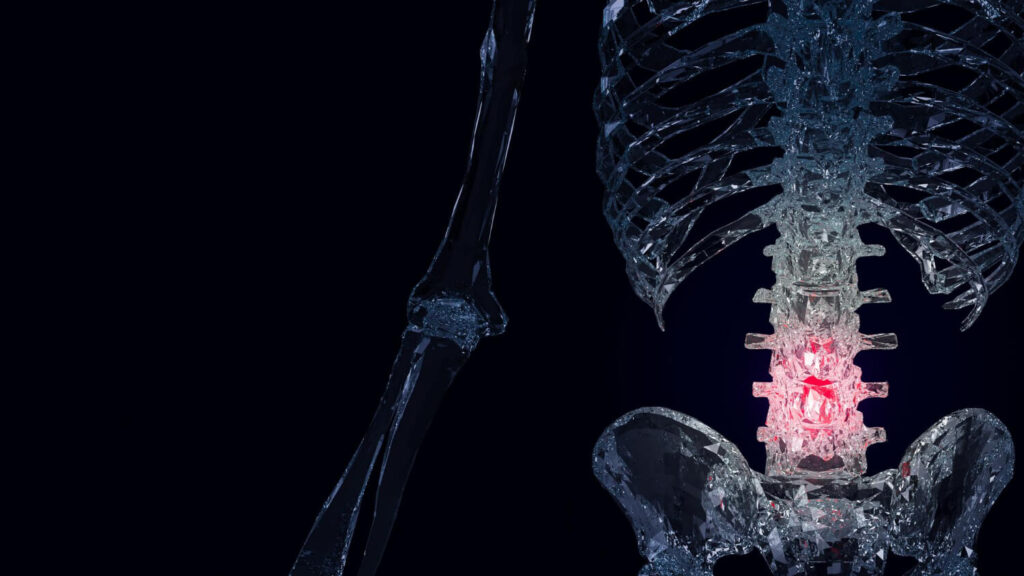
On the other hand, people can also have lower back and hip pain due to underlying health conditions. These conditions can contribute to such types of pain as some of the conditions may affect the joints through inflammation. At the same time, some of the conditions can result in degenerative changes in the spine, which results in the lower back and hip pain.
Here are some common underlying health conditions associated with lower back and hip pain:
- Osteoarthritis – Degenerative joint disease that affects the cartilage and bones, causing pain, stiffness, and reduced range of motion.
- Rheumatoid Arthritis – Chronic autoimmune disease that affects the joints, leading to inflammation, pain, and potential joint damage.
- Spondylolisthesis – Condition where a vertebra slips out of place onto the bone below it, causing lower back and hip pain along with numbness or weakness in the legs.
- Herniated disc – The gel-like center of a spinal disc pushes through a weakened area of the outer ring, causing pain and potentially compressing nearby nerves.
- Sciatica – Compression or irritation of the sciatic nerve, usually caused by a herniated disc or bone spur.
- Hip Arthritis – Inflammation and degeneration of the hip joint, leading to pain, stiffness, and reduced mobility.
- Spinal stenosis – Narrowing of the spinal canal, which can put pressure on the spinal cord and nerves, causing pain and numbness.
- Sacroiliac joint dysfunction – Inflammation or dysfunction of the sacroiliac joint, which connects the sacrum to the ilium, causing pain in the lower back and hips.
It is important to consult with a healthcare provider for an accurate diagnosis of underlying health conditions and to develop a personalized treatment plan.
When to Seek Help for Lower Back and Hip Pain

When the time comes and you develop lower back and hip pain because of the mentioned causes, it is important to know when to visit a health expert. Severe or persistent lower back and hip pain can significantly impact an individual’s well-being. It can involve consequences, such as limited mobility, severe pain, etc.
So, it is best to seek help immediately to address any concerns and to receive proper diagnosis and treatment. Here are some indicators of when to seek medical attention for lower back and hip pain:
- Severe pain that limits mobility and daily activities.
- Pain that is accompanied by other symptoms such as numbness or weakness in the legs.
- Pain that persists or worsens despite self-care measures such as rest and over-the-counter pain medication.
- Pain that is associated with trauma or injury.
- Pain that interferes with sleep or affects mood and overall quality of life.
What to Expect During Consultation
When you consult a healthcare provider for lower back and hip pain, they will likely conduct a thorough physical exam to assess your symptoms and range of motion. They may also order imaging tests, such as X-rays or MRI scans, to further evaluate the cause of your pain. Based on the findings, they will provide an accurate diagnosis and recommend you a tailored treatment plan.
Furthermore, patients can also utilize this session to ask questions about their condition. It is important to be aware of your condition, especially if it can affect the overall well being. Thus, communication with the doctor about your concerns can help clear that out. and help understanding the situation better.
Exploring Treatment Options
As mentioned, after the diagnosis, the doctor will provide a tailored treatment plan to address the health issue. Various treatment options are available for lower back and hip pain, depending on the underlying cause and severity of the symptoms. The goal of treatment is to alleviate pain, improve function, and enhance overall quality of life.
Here are some of the treatment options that can alleviate lower back and hip pain:

Physical Therapy
One of the possible treatment options for lower back and hip pain is physical therapy. It plays a significant role as it can address the specific needs and goals of the patient for healing. Physical therapy may include:
- Exercises to improve strength, flexibility, and stability in the affected areas.
- Manual therapy techniques to reduce pain and improve mobility.
- Education on correct body mechanics and posture to prevent further injury.
- Modalities such as heat or cold therapy, electrical stimulation, or ultrasound to relieve pain and inflammation.
Working closely with a physical therapist can help individuals regain strength, reduce pain, and improve their overall function.
Medication Treatments for Pain Management
On the other hand, medications to relieve pain can also be one of the treatment options for lower back and hip pain. Pain medications can be an effective option for managing pain like the NSAIDs. Nonsteroidal anti-inflammatory drugs (NSAIDs) can help reduce pain and inflammation.
In some cases, muscle relaxants or prescription pain medications may be prescribed to alleviate severe pain or muscle spasms. It is important to follow the prescribed dosage and consult with a healthcare provider regarding any potential side effects or interactions with other medications.
Surgical Interventions: Pros and Cons
Lastly, this form of treatment will involve an invasive approach to fix the tearing that occurred. Surgical interventions may be considered for severe or persistent lower back and hip pain that does not respond to conservative treatments. The decision to undergo surgery should be carefully evaluated, considering the potential risks and benefits. Some common surgical procedures for lower back and hip pain include:
- Spine surgery: Procedures such as laminectomy, discectomy, or spinal fusion may be performed to relieve pressure on the nerves or stabilize the spine.
- Hip replacement: In cases of severe hip arthritis or injury, a hip replacement surgery may be recommended to replace the damaged joint with an artificial joint.
Although, do take note that surgical interventions can only occur if the medications and physical therapy sessions didn’t work. It is important to have a thorough discussion with a healthcare provider and consult with a specialist to understand the potential benefits and risks of surgical interventions.
Conclusion
Understanding the causes of lower back and hip pain is crucial for effective management. Whether it’s postural strain, injuries, or underlying health conditions, seeking professional evaluation and exploring treatment options are vital steps towards relief.
Remember, a proactive approach can lead to lasting improvements and enhanced quality of life. Don’t hesitate to reach out for expert guidance and support when dealing with lower back and hip pain.
